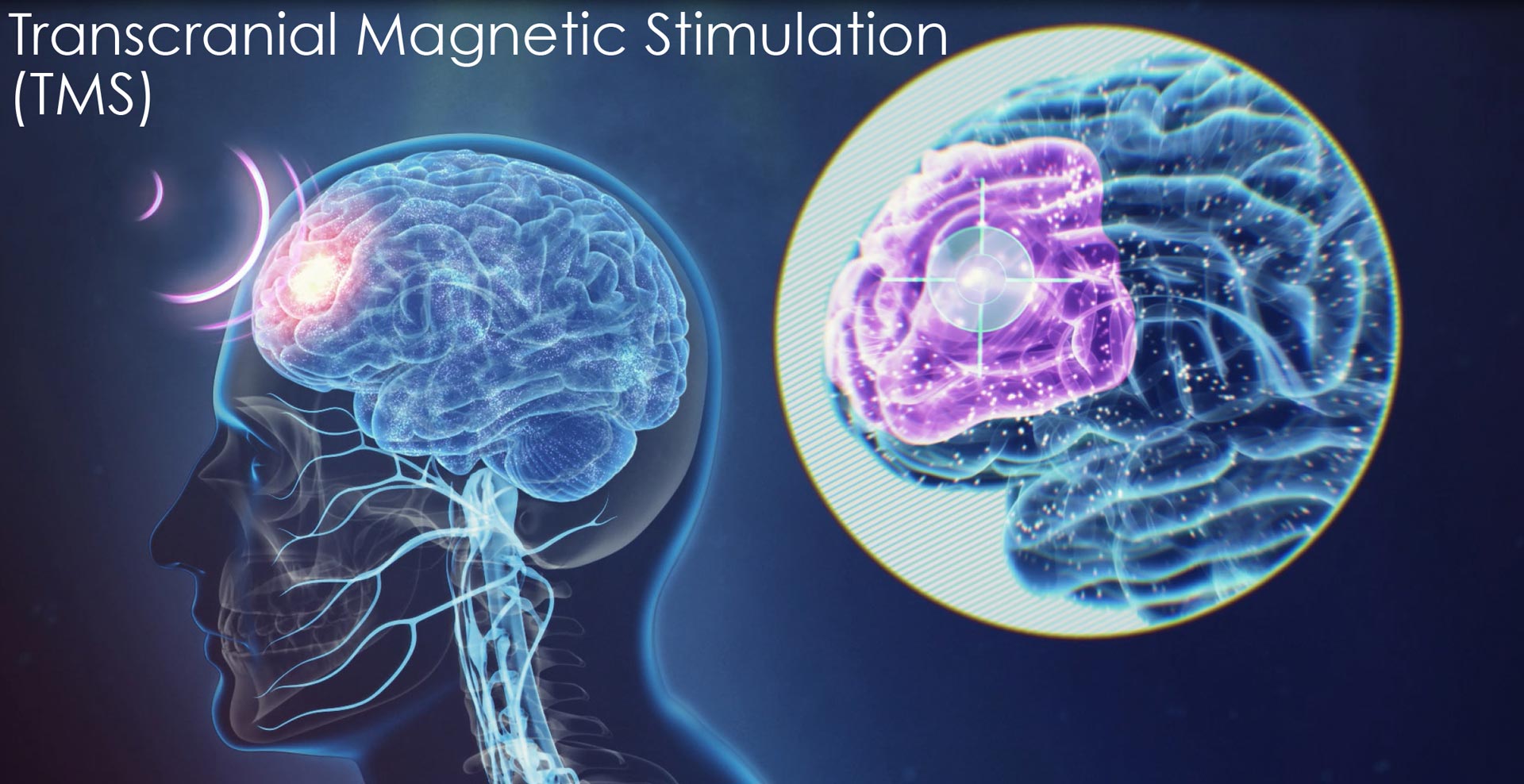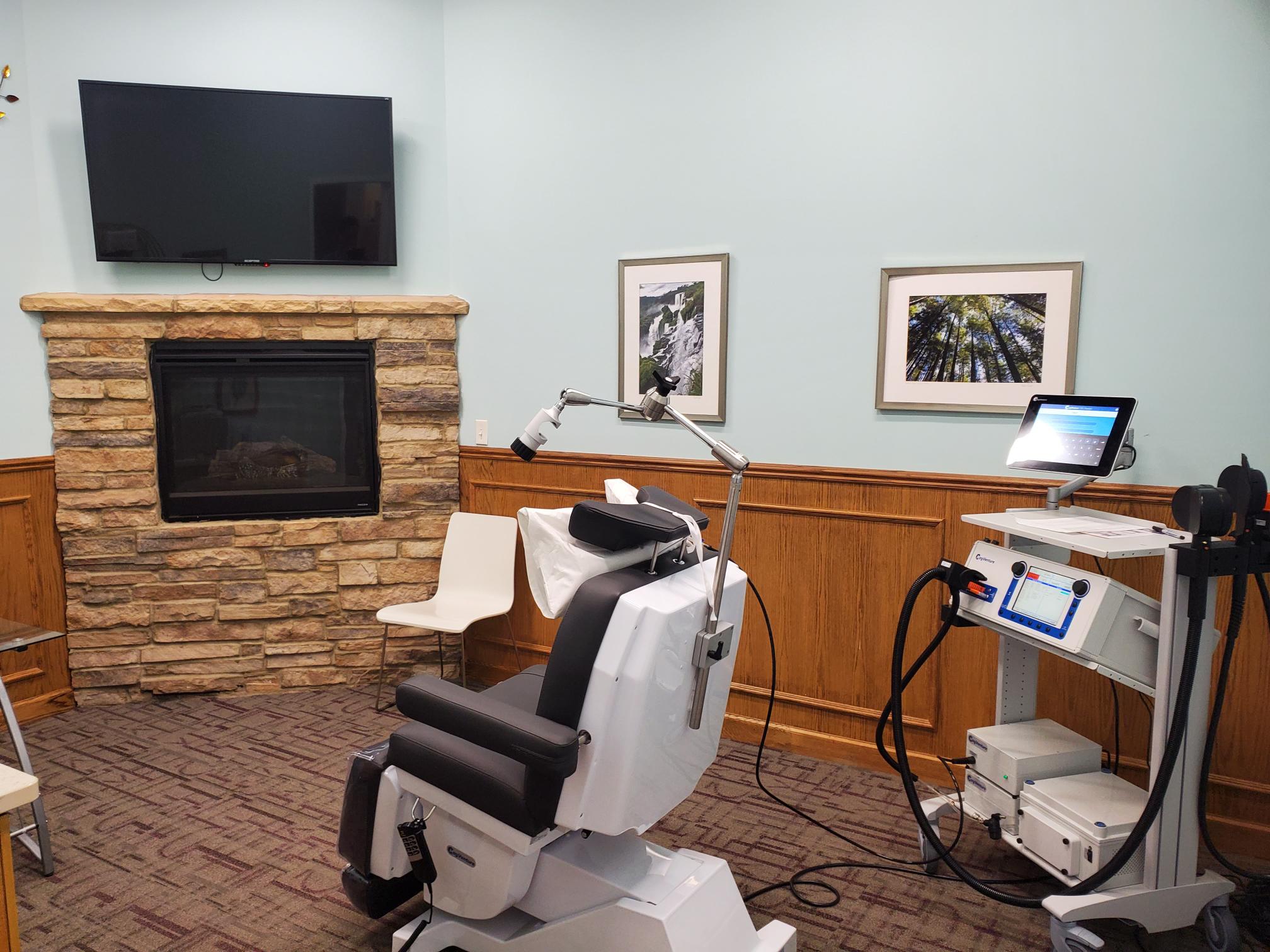The story of transcranial magnetic stimulation (TMS) is one that unfolds over centuries, originating from humble beginnings in the 19th century to the state-of-the-art treatment option that we see today.
A Glimpse into the Past: The Origin of TMS
The seed of the concept that led to TMS therapy was sown back in the 19th century. It was in 1881 that Jacques-Arsène d’Arsonval, a French physicist, made the groundbreaking discovery that a magnetic field could be created when an electrical current passed through a coil of wire. Jacques-Arsène d’Arsonval was a French physician, physicist, and inventor who made significant contributions to the field of electrophysiology, the study of the effects of electricity on biological organisms, in the nineteenth century.
In 1881, d’Arsonval discovered that an electric current can create a magnetic field. Specifically, he found that currents with a frequency over 5,000 Hz did not cause the muscular contractions and nerve stimulation effects of electric shock, but instead, they generated a magnetic field. This discovery was significant because it led to the development of high-frequency currents for medical applications, such as electrotherapy. D’Arsonval’s work in electrophysiology and electrical instrumentation in physics and medicine has had a lasting impact on the field.
The implications of this principle extended beyond the realms of physics and found their way into the human body. Techniques like electroconvulsive therapy (ECT) and electroencephalography (EEG) were born out of this principle, utilizing electrical currents to stimulate or measure brain activity.
TMS: A Product of the 20th Century
Fast forward to the 1980s, and the landscape of neurology underwent a significant change. We began to wonder if magnetic fields could be used to stimulate neurons in the brain without resorting to invasive surgeries or electrical currents. The first experiments were conducted on animals. Researchers started using magnetic coils to stimulate specific brain areas and observed the effects, marking the nascent stages of TMS therapy.
Anthony Barker and his colleagues introduced the first TMS device in 1985. The first modern TMS device was introduced by Barker and colleagues while they were working at the Royal Hallamshire Hospital in Sheffield, England. Dr. Barker’s device and studies proved the influence of magnetic stimulation on the motor cortex to alter the brain’s electrical signals with the use of magnetic fields. Anthony Barker is credited with the discovery of TMS. However, Professor John Rothwell was one of the first to experience TMS in London and understand its significance.
Since then, TMS has become a leading option for mental health treatment, particularly for treatment-resistant depression. TMS therapy has evolved over time, with advancements in technology and research leading to improved treatment protocols and outcomes. Today, TMS therapy is an FDA-approved, safe, and well-tolerated treatment for major depression that has not responded to standard treatments.
A typical treatment course consists of daily TMS sessions 5 days a week for 4 to 6 weeks, with each session lasting from 3 to 60 minutes, depending on the specific protocol. The therapy is performed in an office, and patients can return to normal daily life immediately after treatment. However, there are still discrepancies in the literature and media surrounding TMS therapy, which can lead to confusion and misinformation for the general public.
TMS: From Strength to Strength
Over the subsequent decades, TMS therapy underwent continuous development and refinement. Researchers brought forth different types of coils and protocols for delivering magnetic pulses, aiming to improve the specificity and effectiveness of this technique.
One such development was the birth of repetitive transcranial magnetic stimulation (rTMS). This technique involved delivering a series of magnetic pulses over a specific period, hoping to induce long-term changes in brain activity. rTMS emerged as an effective treatment for depression and other conditions, establishing itself as a viable treatment option in psychiatry.
TMS: A Look Towards the Future
Even today, TMS therapy continues to evolve. Researchers are probing the use of TMS in treating conditions like anxiety, PTSD, and chronic pain. Meanwhile, efforts are ongoing to understand TMS at a molecular and cellular level, to glean deeper insights into how it can be employed to treat a broader spectrum of conditions.
The history of transcranial magnetic stimulation (TMS) may date back to the 19th century, but its transformation into a non-invasive technique for stimulating neurons in the brain is a testament to progress made since the 1980s. As TMS therapy continues to be refined and new techniques like rTMS and TBS are discovered, we can only expect more breakthroughs, making this a truly exciting area of research in neuroscience.





